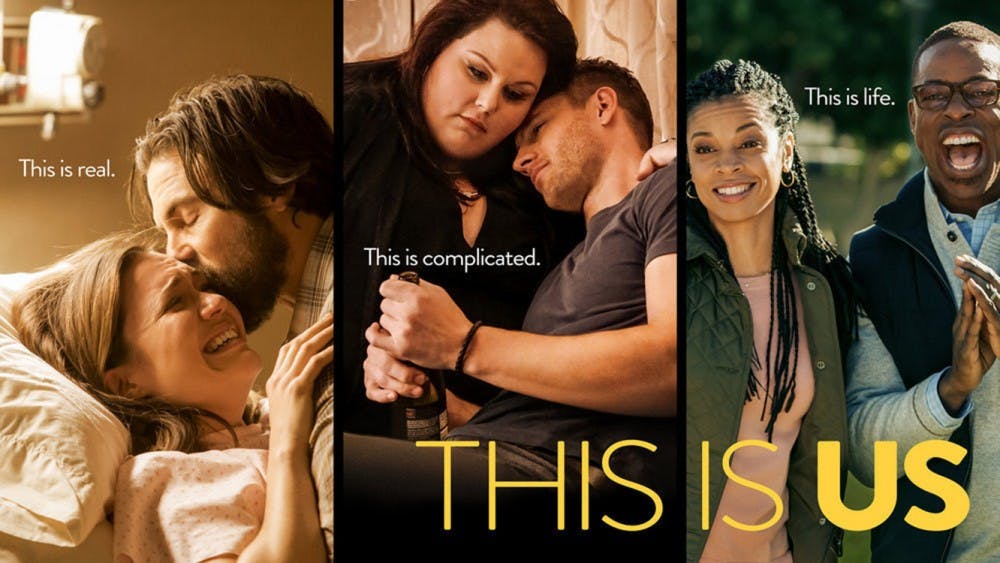

You will study one of these characters, and make a short presentation to your classmates. Hayley Cropper, from ITV’s ‘Coronation Street’ For our case studies, we are focusing on three major characters from three popular soaps.īeth Jordache, from channel four’s ‘Brookside’ The characters on popular soap operas can become loved or hated by millions.

For this project, we will focus on the British style of soap opera. Make a film clip of a key moment in that storylineĪmerican soaps, like ‘ The Young and the Restless‘ or ‘ Beverly Hills 90210‘, tend to be more glamourous. The soap opera is declining in the U.S., but is still a very important and popular genre in the U.K. A soap will run several major storylines at one time, often dealing with serious social issues. They are usually based in one location, with a large cast of characters.
#Soap opera tv
These dramas, which were all broadcast in the daytime, were mainly consumed by housewives, who were spending their days at home cleaning and keeping house.Ĭleaning companies cottoned onto this, and soon soap manufacturers became the main sponsors of the TV dramas.Soap Operas are long-running, continuous TV dramas.

Marcellina, Dr Bartolo, Susanna and Figaro in The Marriage of Figaro.Īlthough we British audiences tend to think of the biggest soap operas as being EastEnders, Coronation Street and Emmerdale, ‘Soap opera’ is actually an Americanism dating back to 1935-50 – so named, because radio dramas were sponsored by soap manufacturers. Whether it’s murder by the hand of a jealous husband, a wife or female lover gone mad, or just some questionable inter-familial relations (we’re looking at you, Wagner – we know what filth you’ve got in Die Walküre), death, sex and family drama have always been at the heart of opera – as they have soap operas. Then you’ve got Bizet’s Carmen, where soldier Don José kills the seductress title character in a jealous rage when she refuses him. They commit matricide and get away with it. She ends up going through with it, along with her brother, Orest. In Elekra, the title character is hellbent on murdering her mother and her lover to avenge the death of her father. Violent, and often unnecessary, deaths are also an essential part of opera. In the opera, she nearly faints but ultimately seems happy that she can still love Figaro, albeit in a slightly different way. In The Marriage of Figaro, the Count, wanting to seduce Susanna – to whom Figaro is betrothed – tries to set Figaro up with Marcellina, a woman old enough to be his mother. A big part of opera has since been rooted in everyday dramas, albeit fairly ridiculous ones. When Puccini hit the scene around the turn of the 20th century, the term for the operatic drama in fashion was Verismo (translated as ‘true’ or ‘real life’). (pauses for cliffhanger-effect), opera.įrom Mozart to Verdi, many of the most popular operas revolve around people, the grand and the lowly, and family stories. But many people will tell you that the ‘opera’ part comes from. Dramatic and strange, exaggerated storylines… which other art form does that remind you of? Ah yes! Opera.Īs with many colloquial things, exact origins are hard to track down.


 0 kommentar(er)
0 kommentar(er)
